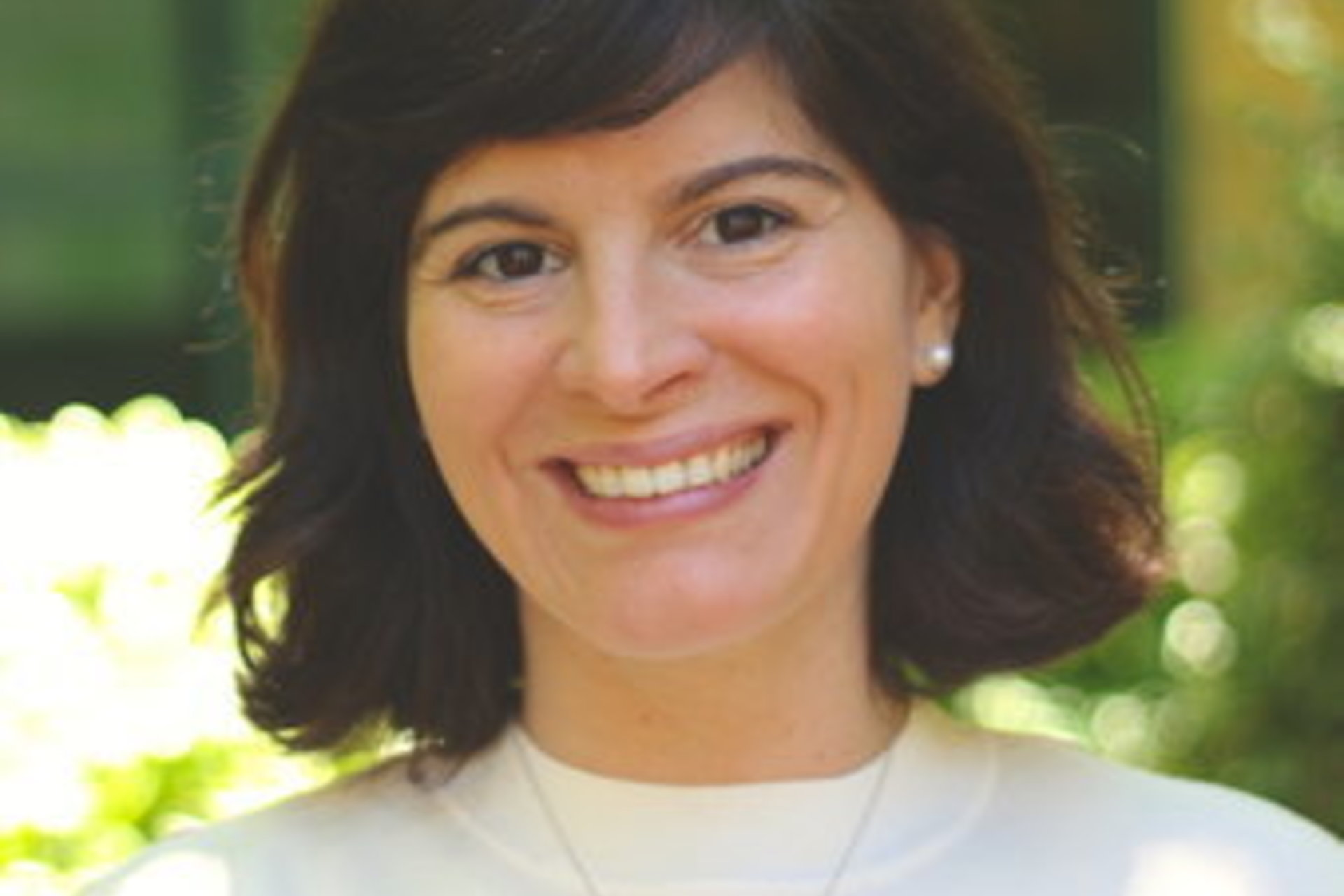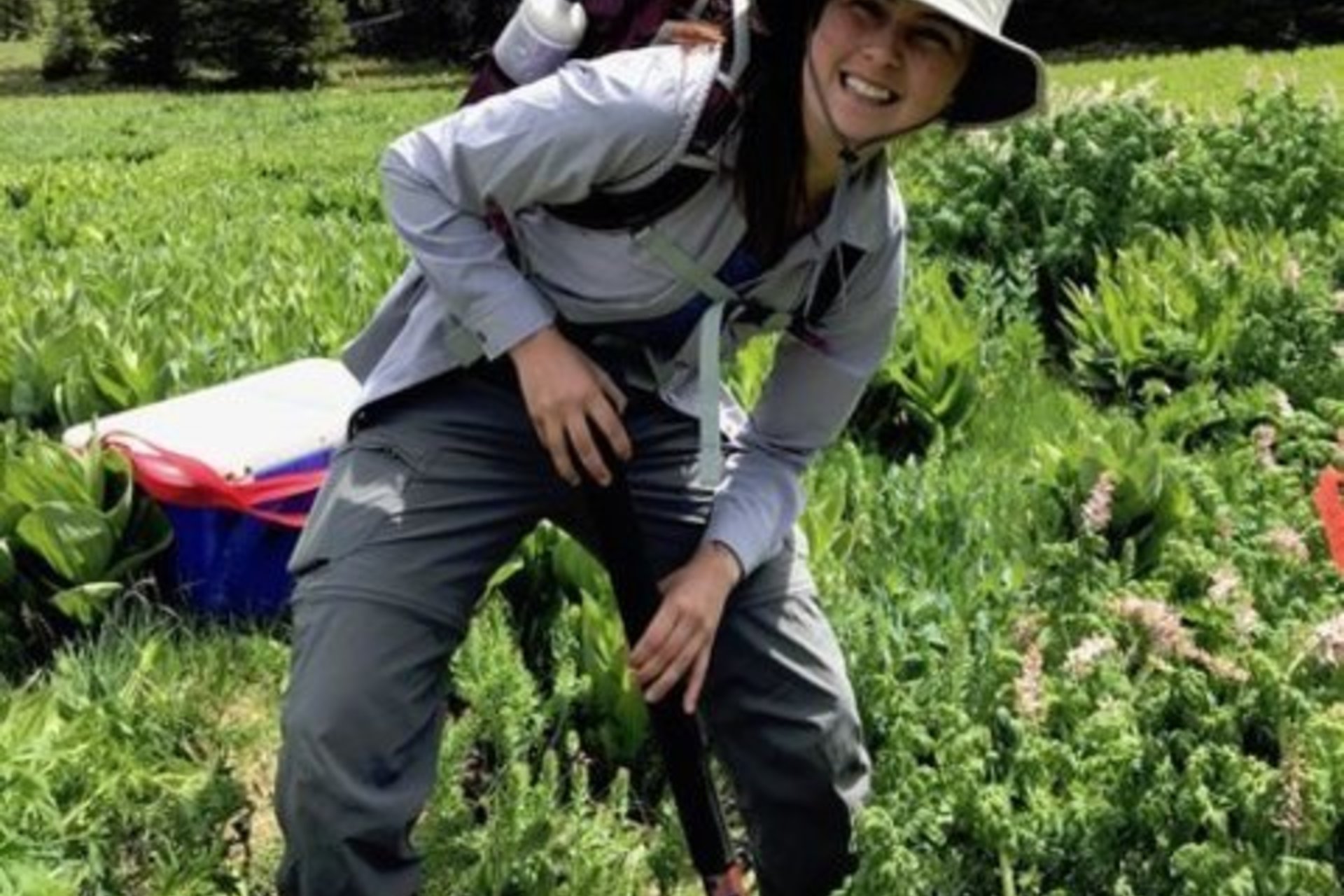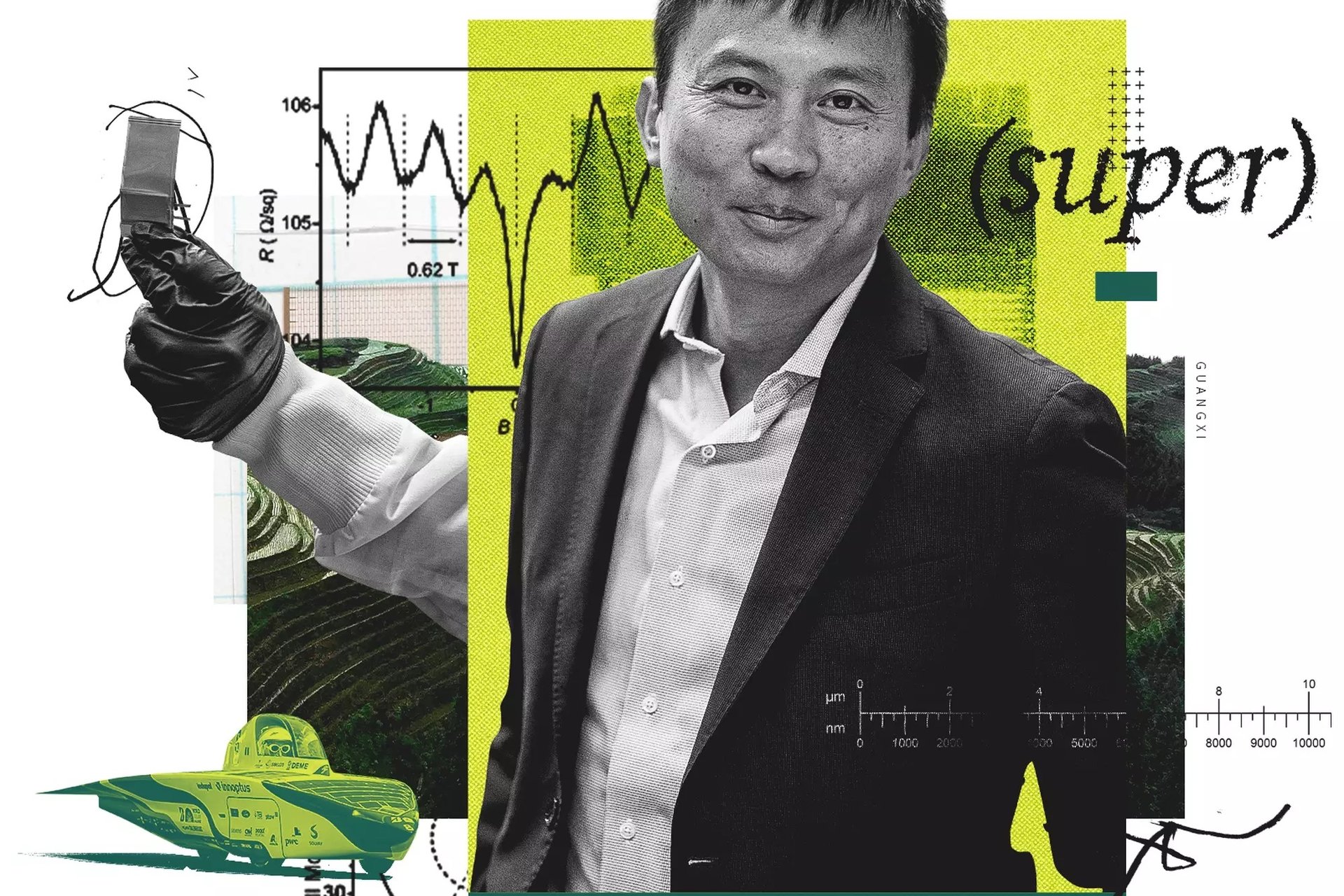Creating a sustainable energy future
ESE's mission is to develop the engineering science and educate the future leaders needed to transform global energy supply, production/conversion, storage, and use to achieve energy sustainability. We combine theory, experiment, and simulation to transform the global energy system to sustain the people and the planet.
Meet ESE Faculty
Our faculty reflects the diversity of our community and our research. Their unique backgrounds provide our students with important perspectives as they collaborate on environmental, political, and societal issues.
New research consortium seeks to help optimize future grid

Prof. Inês Azevedo is EARNEST’s lead principal investigator
Meet some of our ESE community members
Andea Scott, BS ' 20, MS '22

ESE Alumni Outreach
Our Alumni Outreach Services team ensures our graduates remain active members of our community by keeping them informed of what’s happening in the department, connecting them to benefits and resources, and creating opportunities for alums to consistently contribute their ideas and share their knowledge.
ESE News
-
The Stanford Forum on the Science of Energy Transition brought together scientific experts, technology innovators, and industry leaders to explore practical pathways to a decarbonized future.
-
Yi Cui is harnessing the power of nanoscience to grow extremely small structures—which play a huge role in the clean energy transition.
-
For Dimitri Saad, understanding the path to net-zero requires engaging not only with data, but also with the communities involved.

Our interdisciplinary collaborators
Stanford Doerr faculty work with researchers across multiple departments at Stanford, often through interdisciplinary programs supported by the the Precourt Institute for Energy, the Woods Institute for the Environment, and the Natural Gas Initiative.
Woods Institute for the Environment

The institute supports research on sustainability challenges and connects scholars with decision makers to create practical solutions for real-world issues.
Learn more about the Woods InstituteWeb Accessibility
Stanford University is committed to providing an online environment that is accessible to everyone, including individuals with disabilities.
Having trouble accessing any of this content due to a disability? Learn more about accessibility at Stanford and report accessibility issues










